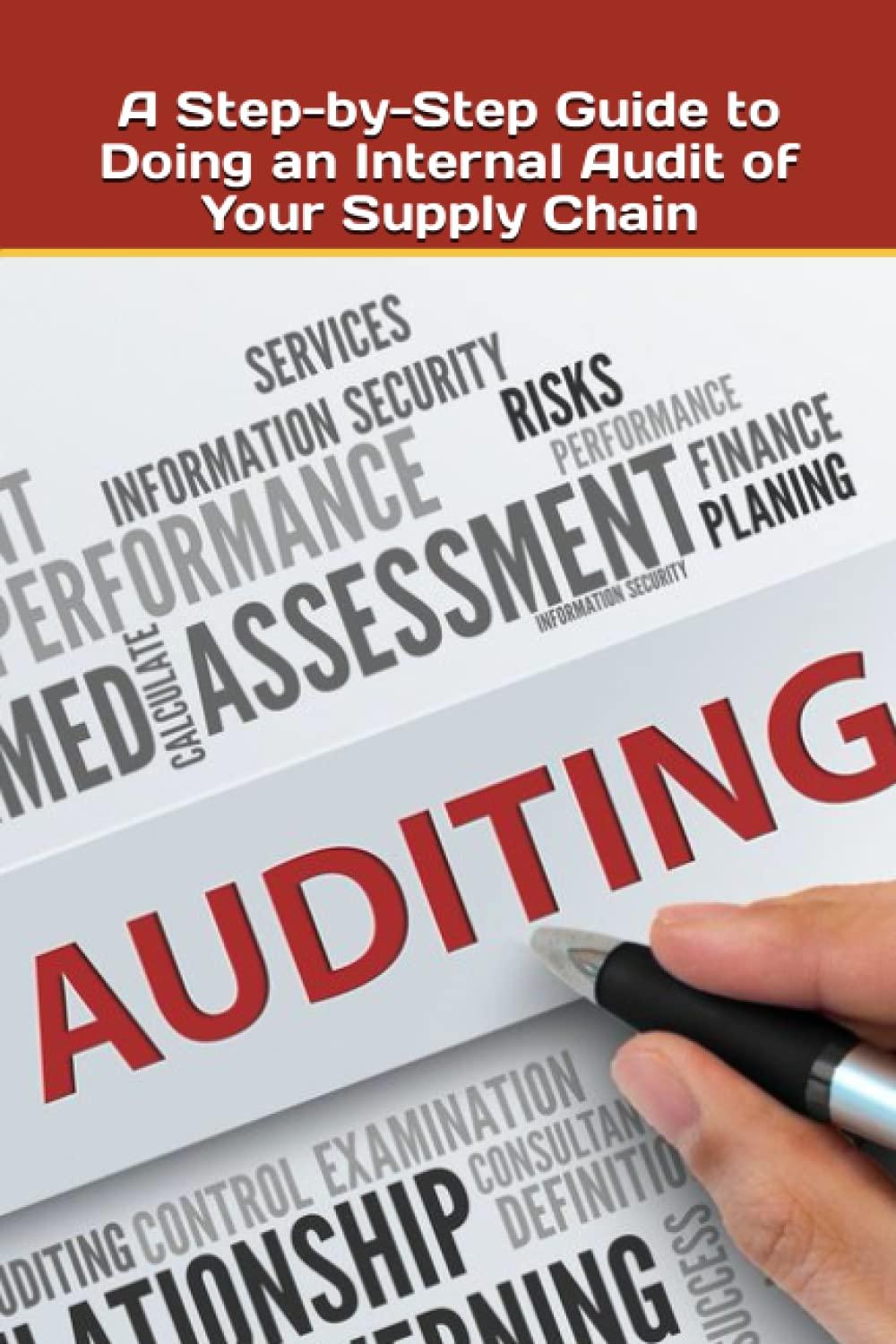Answered step by step
Verified Expert Solution
Question
1 Approved Answer
Child's Play Company makes a plastic rattle for toddlers. The rattle is generally marketed through exclusive retailers located in upscale shopping malls. The company used



Child's Play Company makes a plastic rattle for toddlers. The rattle is generally marketed through exclusive retailers located in upscale shopping malls. The company used 23 retailers. In late 2016, Diana Suares, the president of the company, was considering alternative marketing plans presented to her by Bill Dings, the marketing manager. Based on sales from January through October 2016, Diana expected that 2016 sales would amount to 300,000 units at $8.00 per unit. Diana Suares also had with her some cost data for 2016 supplied by the CFO, Don Capp. Don expects that these costs are reliable estimates for a volume up to 400,000 units. Beyond 400,000 units, the company would have to rent additional machines (with a capacity of 100,000 units each) at an annual cost of $50,000 per machine (in 2016). The data are presented in Exhibit A. Total fixed manufacturing and selling and administrative costs are each expected to increase in 2017 by 10 percent because of inflation. Variable costs per unit and the selling price would stay the same as in 2016. Exhibit A (2016 Cost Data) Manufacturing costs for rattles (based on production volume of 300,000 units). $0.80 per unit * $10 per hour * $0.75 per unit * Direct material Direct labor (Each worker can make 20 units in an hour) Packaging Power, supplies, indirect labor, and other variable production costs Supervisory salaries, equipment rental, and miscellaneous production costs $1.20 per unit * $1.80 per unit * These costs vary in total with production volume Selling and administrative costs (based on sales volume of 300,000 units). Commissions to sales staff Shipping Advertising and promotion Administrative staff salaries, depreciation on office equipment, etc 10% of price to retailer ** $0.50 per unit ** $0.60 per unit $0.90 per unit ** These costs vary in total with sales volume. Plan A: Cut price At the present time we price the product to retailers at $8.00 per rattle. Retailers generally charge the consumers between $9.00 and $9.50. If we cut our price to retailers to $7.50, I expect that the product will do much better. Their increased markup will give them the incentive to display our product more prominently and to promote it more vigorously to customers. We should support this strategy by supplying more promotional materials to retailers, at least another $200 worth to each of our 23 retailers. I expect that we will be able to boost our sales volume by as much as 30 percent. This case uses the data provided in Child's Play Company (A) and (B). Assume that the company decided to follow Plan A for 2017. The CFO, Don Capp was assembling data in November 2009 to prepare a budget for 2017. The sales department had indicated that the expected pattern of sales was as follows: 20 percent of the sales in the first quarter, 30 percent in each of the next two quarters, and 20 percent in the last quarter. It was hard to figure out the sales by month -- the best assumption was that sales would be spread out evenly by month within each quarter. The promotional materials would be supplied to retailers in January. The production department planned to maintain as the finished goods inventory enough inventory for the following month's sales. However, the December 2016 finished goods inventory was expected to be only 20,000 rattles, and the December 2017 finished goods inventory was planned to be equal to December 2017's sales (since January 2018 expected sales was not yet known). Don Capp also knew that several of the company's policies would continue into the next year: a. Child's Play generally sells to retailers on two month's credit. The beginning balance in accounts receivable at the start of the year was expected to be $400,000, of which half would be collected in January 2017, and the remainder in February. b. Raw materials and packaging materials are purchased one month ahead of their use. The company makes the purchase on one month's credit. c. All costs (other than materials) are paid for as incurred. d. The fixed manufacturing costs include $80,000 of depreciation expense. Fixed selling and administrative costs include $40,000 of depreciation. The rest of the costs relate to rental costs, property taxes and salaries and are paid monthly. e. The company generally maintains a cash balance of about $10,000. If the balance drops below that amount, the company will take a short term loan from the bank. (Ignore interest.) Required 1. Prepare a production schedule. 2. Prepare a cash budget for each month for the first quarter of 2017. Ignore income taxes
Step by Step Solution
There are 3 Steps involved in it
Step: 1

Get Instant Access to Expert-Tailored Solutions
See step-by-step solutions with expert insights and AI powered tools for academic success
Step: 2

Step: 3

Ace Your Homework with AI
Get the answers you need in no time with our AI-driven, step-by-step assistance
Get Started


